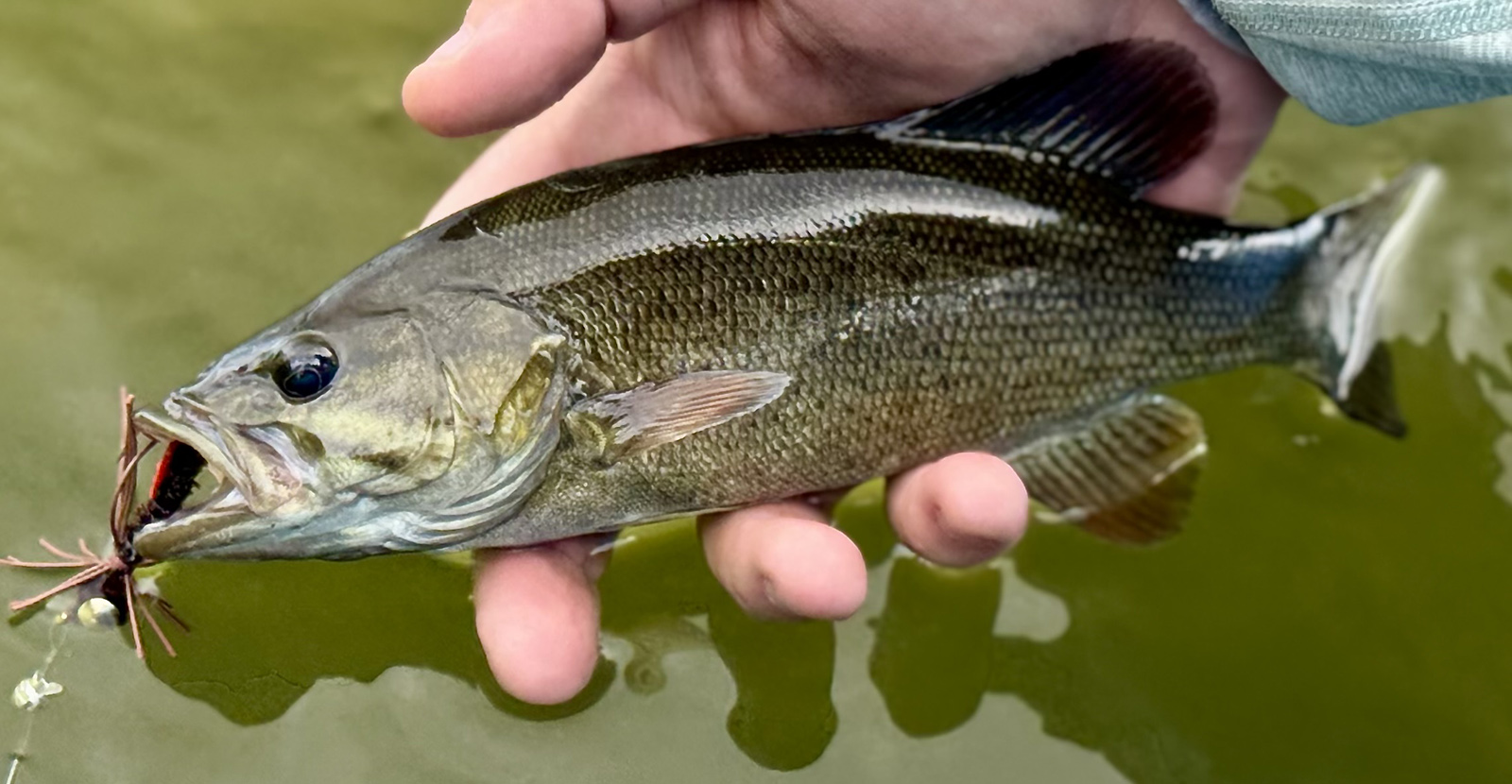GEORGIA PUBLIC FISHING AREAS PROVIDE A GREAT PLACE FOR FISHING, FAMILIES AND FUN and there is one near you
SOCIAL CIRCLE, Ga. (July 2, 2025) – Why should you plan a trip to one or more of Georgia’s 11 Public Fishing Areas (PFA)? Naturally, the fishing is great as PFAs are managed for fishing by the Georgia Department of Natural Resources’ Wildlife Resources Division (WRD), but did you know that most areas also offer additional experiences to entertain the whole family?
“Our fisheries staff takes great pride in managing these locations for the enjoyment of anglers and their families,” says Scott Robinson, WRD Fisheries Management Chief. “And, even if fishing isn’t the activity for all of the family, these locations provide something for everyone, including activities like hiking, bird watching, picnicking and camping.”
Waters on PFAs vary from lakes several hundred acres in size to ponds less than one acre with some designated as kids-only fishing ponds. Anglers can fish from a boat, along the shoreline, or from piers or docks at most locations.
All PFAs have concrete boat ramps, picnic tables, various nature and wildlife observation trails, fish cleaning stations and restroom facilities. Some PFAs offer camping opportunities (from primitive camping to RV) for those wishing to stay overnight on the area. All PFAs are open seven days a week, and except for Rocky Mountain PFA, also allow night fishing year-round.
Make plans to visit one (or more) of the following PFAs today:
- Rocky Mountain PFA (Floyd County): Includes two lakes totaling 559 acres. Species: largemouth bass, bluegill and redear sunfish, channel catfish, crappie and walleye. Additional amenities: beach and swimming area, camping opportunities (tent, RV and group primitive camping), picnic shelters, archery range. Note: There is a $5 parking pass required to visit this PFA.
- McDuffie PFA (McDuffie County): Includes seven lakes ranging from five to 37 acres, fish hatchery, and an education center. Species: largemouth bass, bluegill, redear sunfish and channel catfish. Additional amenities: camping (tent and RV) opportunities (campground under renovation), archery range, covered pavilions.
- Big Lazer Creek PFA (Talbot County): Includes a 195-acre lake. Species: largemouth bass, bluegill, channel catfish, redear sunfish, redbreast sunfish, and crappie. Additional amenities: primitive camping opportunities, canoe/kayak launch onto the Flint River, and a firing range.
- Marben Farms PFA (Jasper/Newton counties): Includes 20 ponds ranging from one to 95 acres, a wildlife management area and the Charlie Elliott Education Center. Species: largemouth bass, bluegill, redear sunfish, crappie and channel catfish. Additional amenities: RV and tent camping opportunities, archery, shotgun and firearm range, visitors center, covered pavilions.
- Ocmulgee PFA (Bleckley County): Includes a 106-acre lake. Species: largemouth bass (catch and release), crappie, bluegill, and redear sunfish. Additional amenities: Archery and Shooting Range (Ocmulgee WMA), canoe access.
- Dodge County PFA (Dodge County): Includes a 104-acre lake. Species: largemouth bass, bluegill, redear sunfish, channel catfish and crappie. Additional amenities: primitive boat-in camping opportunities, group shelter facility available for rent, archery range.
- Evans County PFA (Evans County): Includes three lakes ranging from eight to 84 acres. Species: largemouth bass, crappie, bluegill, redear sunfish, brown bullhead and channel catfish. Additional amenities: camping (tent) opportunities, event center (with commercial kitchen) available for rent, archery range, covered pavilion, boardwalk nature trail.
- Flat Creek PFA (Houston County): Includes a 102-acre lake. Species: largemouth bass, bluegill, redear sunfish, crappie and channel catfish. Additional amenities: Pavilion with picnic tables and grills, archery range.
- Hugh M. Gillis PFA (Laurens County): Includes a 109-acre lake. Species: largemouth bass, bluegill, redear sunfish, channel catfish and crappie. Additional amenities: primitive boat-in camping opportunities, picnic tables, and a fishing pier.
- Paradise PFA (Berrien & Tift Counties): Includes 60 lakes totaling 525 acres. Species: largemouth bass, bluegill, redear sunfish, crappie, and channel catfish. Additional amenities: primitive tent camping opportunities and reserved group camping, canoe/kayak trail.
- Silver Lake PFA (Decatur County): Includes more than 30 lakes and ponds totaling 537 acres. Species: largemouth bass, bluegill, redear sunfish, channel catfish. Additional amenities: Panic Pond (trophy bass pond), primitive camping opportunities, geocaching.
From Fins to Feathers! Let’s add bird watching to our outdoor adventures at Georgia PFAs. With an average of 154 species seen across all 11 PFAs, you are sure to find something to boost your birding life list. And, when you report those sightings through the eBird app, your observations provide great information for biologists and other birders.
Whichever activity you choose to enjoy at a Georgia PFA, be sure you have a valid fishing or hunting license or Lands Pass. Get a license online at GoOutdoorsGeorgia.com, buy a license by phone at 1-800-366-2661 or visit a license vendor (list of vendors found at GoOutdoorsGeorgia.com).
For more information on PFAs in Georgia or for detailed PFA guides and maps, visit GeorgiaWildlife.com/allpfas.






















